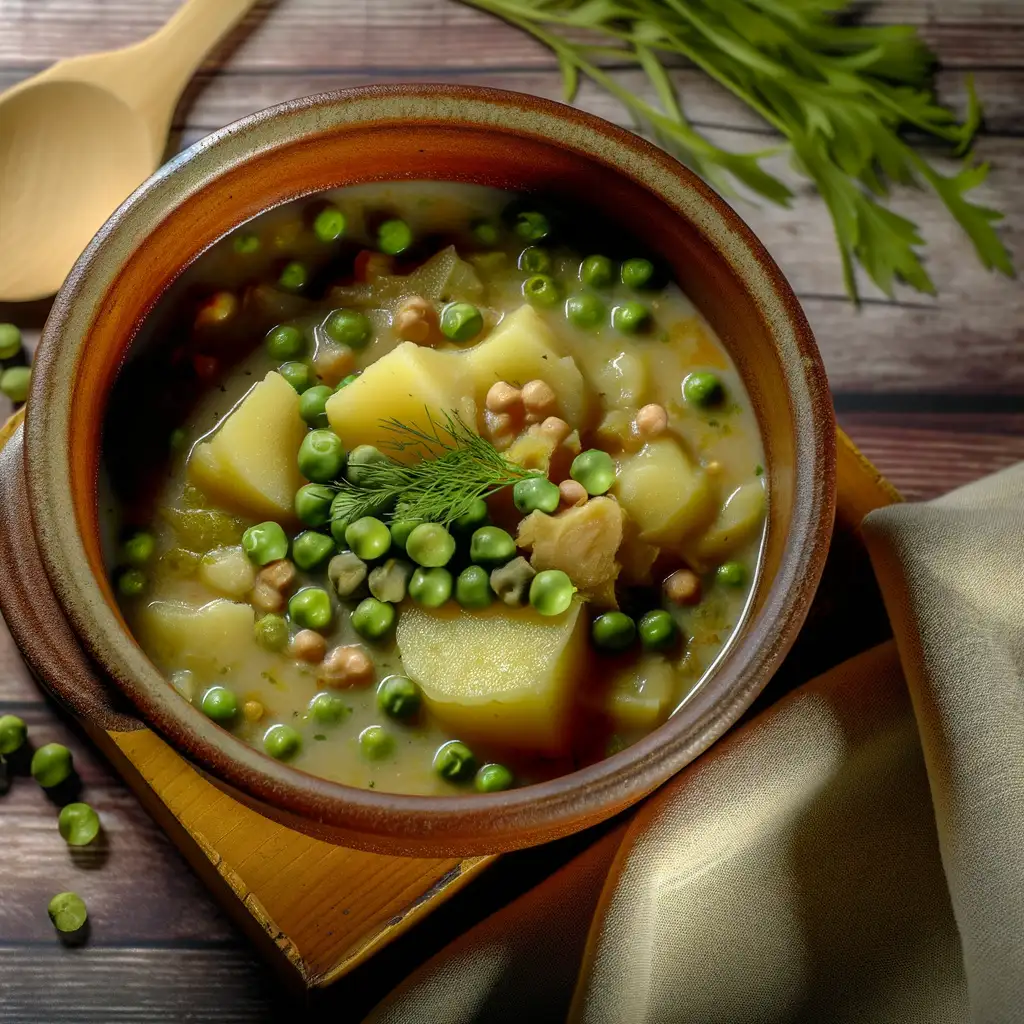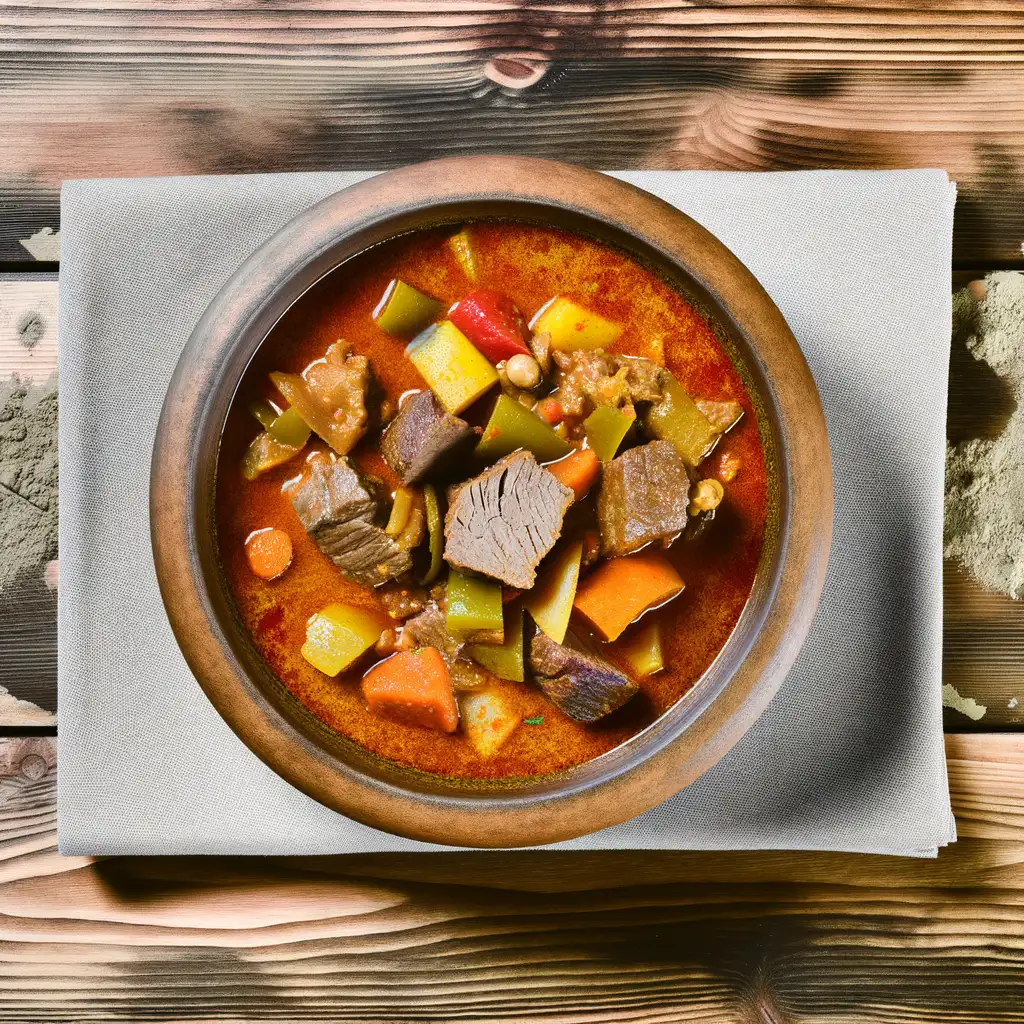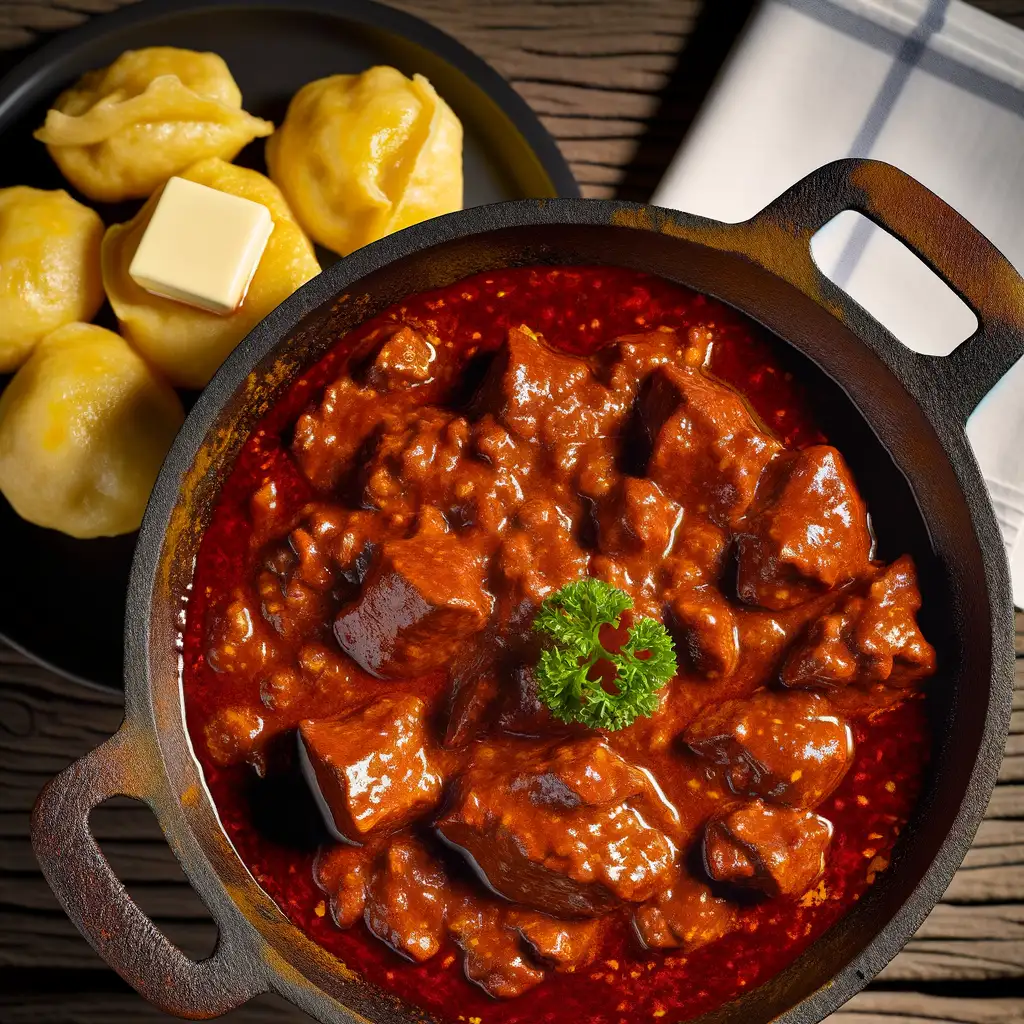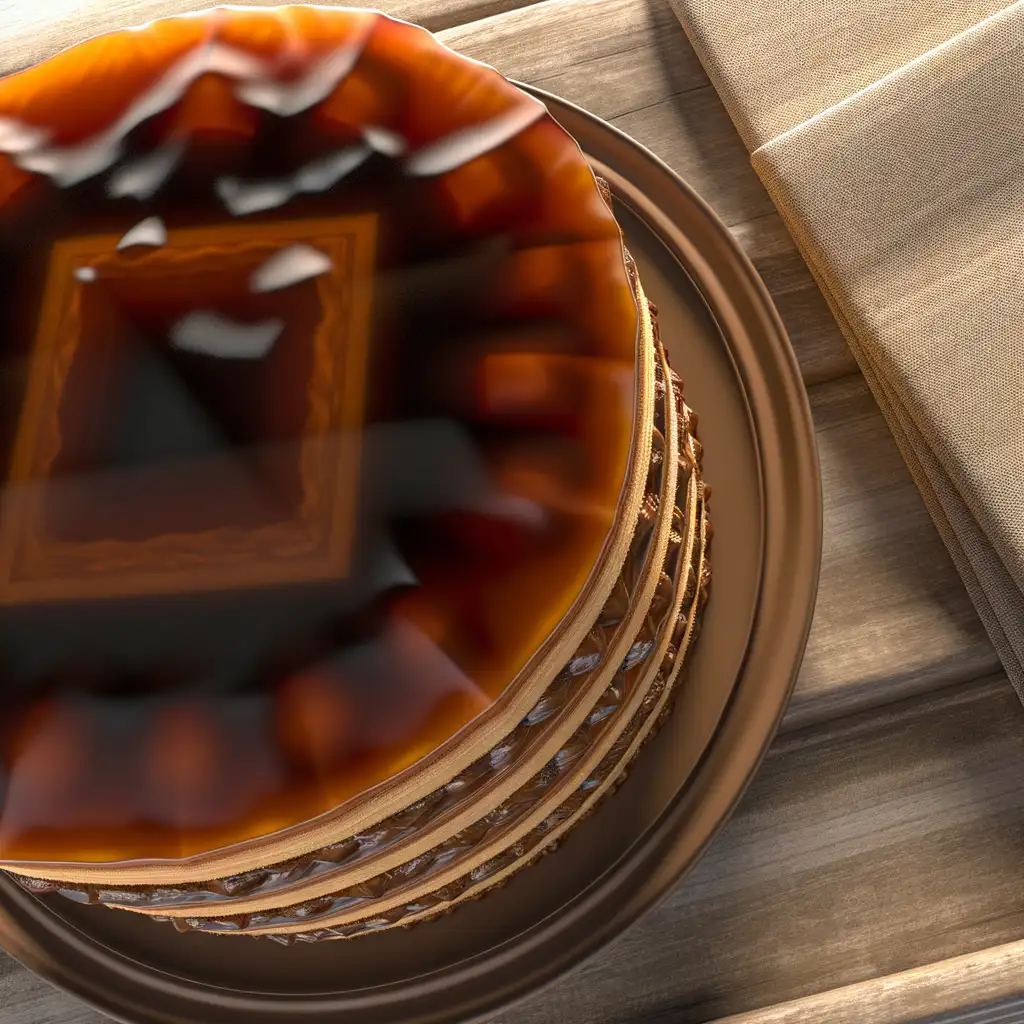



If you wander into Józsefváros,you’ll immediately feel the pulse of a neighborhood that’s alive with contrasts and stories. It’s not polished or pristine,but that’s exactly what makes it so magnetic. The streets hum with a mix of old-world charm and fresh creativity—graffiti art splashes color across crumbling walls,while cozy cafés spill the rich aroma of freshly ground coffee onto the sidewalks. You’ll hear the chatter of locals,the clinking of glasses,and the occasional street musician weaving melodies into the urban tapestry. Walking through Józsefváros,you can’t help but notice the layers of history etched into its architecture. Grand,faded buildings stand shoulder to shoulder with modern renovations,telling tales of a district that’s constantly evolving. The scent of paprika and fresh bread wafts from nearby markets,inviting you to taste authentic Hungarian flavors that feel both comforting and vibrant. It’s a place where you can savor a hearty goulash in a bustling bistro or grab a sweet pastry from a family-run bakery. What really sets Józsefváros apart is its spirit—a neighborhood that embraces its imperfections and turns them into character. It’s a melting pot of cultures,artists,students,and longtime residents,all contributing to a lively,welcoming atmosphere. Whether you’re exploring its quirky shops,relaxing in leafy parks,or simply soaking in the everyday rhythm,Józsefváros offers a genuine slice of Budapest life that stays with you long after you leave.
The information on this page is currently being reviewed by Tripkliq and should be used as a guide only
Eng word: Hello
Eng pronunciation: See-ya
Local language: Szia
Eng word: Goodbye
Eng pronunciation: Vees-laht
Local language: Viszlát
Eng word: Thank you
Eng pronunciation: Kuh-suh-nuhm
Local language: Köszönöm
Eng word: How much
Eng pronunciation: Men-yee-beh keh-rool
Local language: Mennyibe kerül
Eng word: Toilet
Eng pronunciation: Vay-tsay
Local language: WC
Eng word: Help me
Eng pronunciation: Sheg-eet-sheg
Local language: Segítség
Eng word: Yes
Eng pronunciation: Ee-gen
Local language: Igen
Eng word: No
Eng pronunciation: Nem
Local language: Nem
Eng word: Excuse me
Eng pronunciation: El-ney-zesht
Local language: Elnézést
Józsefváros, also known as the 8th district of Budapest, was officially established in 1777 and named after Joseph II, Holy Roman Emperor.
The Ludovika Academy, founded in 1808, was a prestigious military academy located in Józsefváros. Today, it houses the National University of Public Service.
Józsefváros is home to the Palace District, an area known for its grand 19th-century palaces and mansions, many of which have been beautifully restored.
The Hungarian National Museum, located in Józsefváros, was founded in 1802 and is one of the most important cultural institutions in Hungary, showcasing the nation's history and art.
The Rákóczi Square Market Hall, built in 1894, is one of the oldest market halls in Budapest and remains a bustling center for local commerce.
Opened in 1911, the Erkel Theatre in Józsefváros is one of the largest theaters in Hungary and serves as a venue for opera and ballet performances.
The Józsefváros Reformed Church, built in 1885, is a notable example of neo-Gothic architecture and serves as a significant religious and community center.
Horváth Mihály Square is a historic square in Józsefváros, known for its beautiful park and the iconic statue of Mihály Horváth, a prominent Hungarian historian and politician.
Blaha Lujza Square, named after the famous Hungarian actress Lujza Blaha, is a major transportation hub and cultural landmark in Józsefváros.
In Józsefváros, the most common Power Adaptor is Type C, Type F.



A thick vegetable stew, often made with potatoes, peas, or lentils, served as a side dish.

A traditional Hungarian stew made with beef, vegetables, and paprika, often served with bread.

A hearty meat stew, usually made with beef or pork, cooked with onions, paprika, and other spices.

A deep-fried flatbread typically topped with sour cream and cheese, popular as a street food snack.

Savory pancakes filled with meat, rolled up, and baked with a paprika sauce.



Stuffed cabbage rolls filled with a mixture of meat and rice, cooked in a savory tomato sauce.

A layered sponge cake filled with chocolate buttercream and topped with caramel, a classic Hungarian dessert.
Budapest feels like stepping into a storybook where history and modern life dance together effortlessly. The moment you stroll along the Danube River,with the majestic Parliament building glowing in the evening light,you sense a city that’s both grand and inviting. There’s a rhythm here—street musicians playing haunting melodies,the clinking of glasses in cozy ruin pubs,and the gentle splash of thermal baths that have been soothing locals for centuries. It’s a place where every corner whispers tales of empires past,yet pulses with youthful energy.
Wandering through the cobbled streets of the Castle District,you catch the scent of fresh pastries mingling with the earthy aroma of old stone walls. The vibrant markets buzz with vendors selling paprika,fresh bread,and sweet chimney cakes,tempting you to taste the rich flavors of Hungarian cuisine. Budapest’s character shines brightest in its contrasts:the elegant Art Nouveau cafés sit side by side with edgy street art,and the grand boulevards lead you to intimate courtyards where locals sip coffee and chat animatedly.
What makes Budapest truly unforgettable is how it wraps you in warmth—whether it’s the steamy embrace of a thermal bath on a chilly day or the friendly chatter in a bustling café. It’s a city that invites you to slow down,savor every moment,and discover stories hidden in its architecture,food,and people. Trust me,once you’ve felt Budapest’s pulse,you’ll carry a piece of it with you long after you leave.
Vienna feels like stepping into a living storybook where every street hums with history and charm. The moment you wander through its grand boulevards,you’re wrapped in a warm embrace of baroque architecture,cozy coffeehouses,and the gentle melodies of street musicians playing waltzes nearby. There’s a rhythm to the city — elegant yet inviting — where the past and present dance together effortlessly.
As you stroll along the Danube or through the lush gardens of Schönbrunn Palace,you catch the scent of freshly baked strudel mingling with the earthy aroma of roasted coffee beans from a nearby café. The city’s café culture is something special; sitting down with a slice of Sachertorte and a strong Viennese coffee feels like a small,delicious ritual. You’ll hear the soft clink of porcelain cups and the murmur of locals deep in conversation,making you feel instantly at home.
Vienna’s character is a blend of refined artistry and genuine warmth. It’s a place where grand opera houses and modern galleries coexist,and where the locals’ pride in their musical heritage is palpable. Whether you’re exploring the vibrant Naschmarkt with its colorful stalls or catching a live performance in a centuries-old concert hall,Vienna invites you to slow down,savor the moment,and soak in its timeless elegance.
Prague feels like stepping into a storybook where every corner hums with history and charm. The moment you wander onto the cobblestone streets of the Old Town,you’re wrapped in a warm,timeless embrace. The air carries a mix of fresh-baked pastries and rich coffee from cozy cafés,mingling with the faint scent of aged wood and stone from centuries-old buildings. As you stroll across the iconic Charles Bridge,the soft murmur of the Vltava River below blends with the distant melodies of street musicians,creating a soundtrack that’s both lively and soothing.
What’s truly captivating about Prague is its effortless blend of old and new. Gothic spires and baroque facades stand proudly alongside vibrant street art and bustling markets. The city pulses with a creative energy,from the quirky art galleries tucked away in narrow alleys to the lively beer gardens where locals and travelers clink glasses over hearty Czech fare. There’s a genuine warmth in the way people share their culture,whether it’s through a friendly chat in a pub or an invitation to a traditional music performance.
At night,Prague transforms into a magical place where the city lights dance on the river’s surface and the aroma of roasted chestnuts fills the air. It’s a city that invites you to slow down,savor every moment,and get lost in its stories. Trust me,once you’ve experienced Prague’s unique rhythm and soul,it stays with you long after you’ve left.
If you ever find yourself wandering through the sun-drenched streets of Dubrovnik,you’ll immediately feel like you’ve stepped into a living storybook. The city’s ancient stone walls rise proudly against the sparkling Adriatic,and as you stroll along the marble-paved Stradun,the salty sea breeze mingles with the scent of fresh pine and blooming bougainvillea. There’s a rhythm here—a gentle hum of life where history and modern charm dance together effortlessly.
Dubrovnik’s character is woven into every corner:the clatter of café cups,the murmur of locals chatting in cozy taverns,and the distant call of seagulls overhead. You can almost taste the city in the air—briny and fresh,with hints of grilled seafood and ripe figs from the markets. Sitting at a seaside restaurant,watching the sun dip behind the fortress walls,you’ll savor dishes bursting with Mediterranean flavors,paired with a glass of crisp Croatian white wine.
What makes Dubrovnik truly special is how it balances its rich past with a vibrant present. The city’s narrow alleys invite exploration,revealing tucked-away galleries,artisan shops,and lively squares where music spills out into the streets. Whether you’re tracing the footsteps of ancient mariners or simply soaking up the golden light on a quiet terrace,Dubrovnik feels like a warm embrace—inviting,timeless,and utterly unforgettable.
Imagine stepping into a city where every corner feels like a scene from a timeless painting—Venice is exactly that kind of place. The moment you arrive,the gentle lapping of water against ancient stone buildings wraps around you like a soft melody. Instead of streets,there are winding canals,and instead of cars,gondolas glide silently beneath ornate bridges,their oars dipping rhythmically into the emerald water. The air carries a mix of salty sea breeze and the faint aroma of fresh espresso and baked pastries from nearby cafés,inviting you to slow down and savor the moment.
Venice has this magical,almost dreamlike quality. The light here is different—soft and golden in the mornings,casting long shadows on the labyrinth of narrow alleys and colorful facades. You’ll find yourself wandering without a map,getting delightfully lost among the bustling markets,where vendors call out in melodic Italian,selling everything from fresh seafood to vibrant Murano glass. The city’s rich history whispers from every corner,from the grandeur of St. Mark’s Basilica to the quiet charm of tucked-away piazzas where locals sip wine and chat as if time has paused.
What makes Venice truly unforgettable is its rhythm—slow,intimate,and deeply human. It’s a place where you can hear the laughter of children playing by the water,the clinking of glasses in cozy trattorias,and the soft hum of a street musician’s violin. Visiting Venice isn’t just about seeing a city; it’s about feeling its heartbeat,tasting its flavors,and becoming part of its endless story.
Athens feels like stepping into a living storybook where ancient history and vibrant modern life dance together effortlessly. The moment you wander through its sun-drenched streets,you’re greeted by the warm hum of chatter spilling from cozy cafés,the scent of freshly baked bread mingling with salty sea air. The city’s heartbeat is unmistakable—whether it’s the clinking of glasses in a bustling taverna or the distant echo of footsteps climbing the Acropolis at sunset.
What makes Athens truly captivating is its raw,unpolished charm. You’ll find crumbling ruins nestled beside colorful street art,and locals who greet you with genuine smiles and a generous spirit. The city pulses with creativity—from lively markets where vendors call out their freshest olives and figs,to rooftop bars where you sip ouzo while the Parthenon glows golden against the twilight sky.
Athens invites you to slow down and savor its layers. Taste the tang of lemon in a perfectly grilled souvlaki,feel the rough stone of ancient columns beneath your fingertips,and listen to the mix of languages and laughter that fills the air. It’s a place where every corner tells a story,and every meal feels like a celebration. If you want a city that’s alive with history yet buzzing with contemporary energy,Athens will wrap you in its warm,timeless embrace.
Scammers may install skimming devices on ATMs to steal card information when tourists withdraw cash.
Tourists may be lured into bars or clubs with promises of cheap drinks, only to be presented with an exorbitant bill at the end of the night.
Scammers posing as charity workers may approach tourists, asking for donations for fake causes or organizations.
Tourists may encounter currency exchange offices offering attractive rates, but hidden fees or unfavorable exchange rates result in significant losses.
Scammers may sell counterfeit tickets to attractions or offer fake guided tours, leaving tourists stranded or denied entry.
Some scammers pose as overly friendly locals offering unsolicited help, only to demand money or lead tourists to overpriced shops or services.
Some taxi drivers may overcharge tourists by taking longer routes or not using the meter. They may also quote inflated flat rates for short distances.
Crowded areas, markets, and public transport are hotspots for pickpockets who target distracted tourists.
Some restaurants may inflate bills by adding hidden charges, service fees, or charging for items tourists did not order.
Street performers may ask for tips after a performance, but some may aggressively demand large sums or guilt tourists into paying more.
Hungary has strict drug laws, and the possession, use, or trafficking of illegal drugs is a criminal offense. This includes cannabis, which is illegal for both recreational and medicinal use. Penalties can be severe, including imprisonment. Tourists should avoid any involvement with illegal drugs to stay within the law.
In Józsefváros, as in the rest of Hungary, smoking is prohibited in all enclosed public spaces, including restaurants, bars, and public transportation. Smoking is also banned in certain outdoor areas such as playgrounds, bus stops, and within a certain distance from the entrances of public buildings. Designated smoking areas are available in some places, and fines can be imposed for violations.
Vaping is subject to similar regulations as smoking in Hungary. It is prohibited in enclosed public spaces and certain outdoor areas. The sale of e-cigarettes and related products is regulated, and there are restrictions on advertising. Tourists should look for designated vaping areas and be mindful of local regulations to avoid fines.
What are other people saying about Józsefváros?
Recent Social posts about Józsefváros
There is nothing to show you for now.